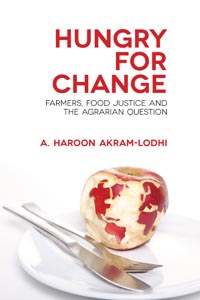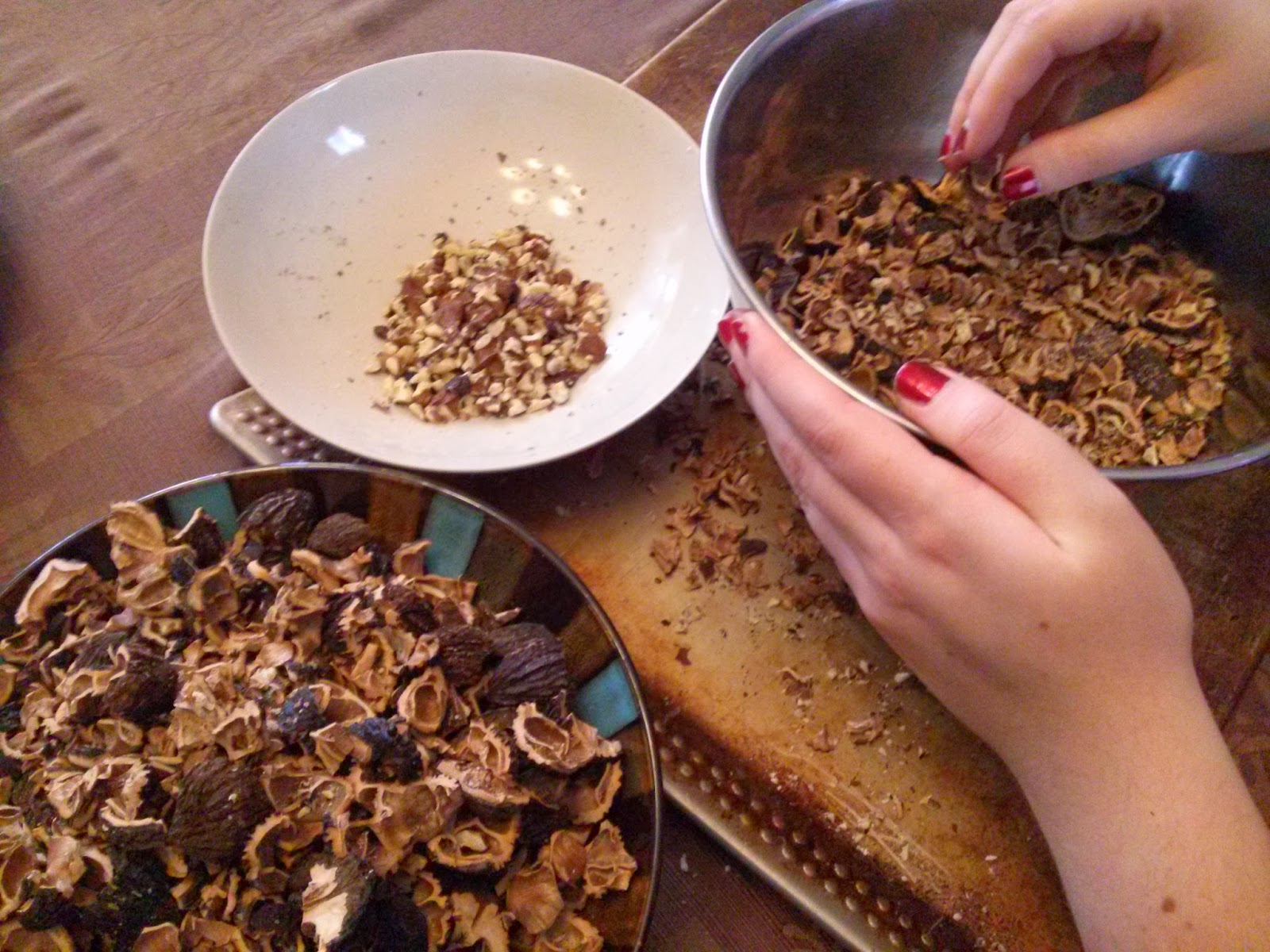I've been thinking about my list for a few weeks, and not quite typing it out. One problem is that I haven't kept a reading journal, so I had to reconstruct my year in books. I might have missed some, especially short fiction daily zapping around the Internet, stories from heaven, and hell.
A more mundane problem is household noise. Yakking kids, barking dog, TV in the background. Here's a little slice of our soundscape this evening: the History channel, which should be fine for young people, right? Let the educational bonanza begin. Except "History" was inexplicably running a show called Ancient Aliens, complete with so-called experts discussing star portals--whatever they may be--in Lake Michigan. And I was proud of, if a tad distracted by, the derisive hoots coming from my offspring. They know their history from their sci-fi, unlike the network programmers who are even now violating the terms of their broadcast licence.
At the moment, things are calmer. My son is watching the old film My Cousin Vinny, one of our faves. It's still in my ears, though, still slowing me down. I'll do my best to keep the inflections of the stern Southern judge character (played by the hilarious Fred Gwynne of The Munsters fame) and Joe Pesci's smartass Brooklyn lawyer out of this report to the world.
The thing about this list is how random it seems, even to me. It's the result of a mysterious combination of bookstores I wandered past, short stories I found online and in journals, book club dictates, and my abiding interests in food, migration, and big data/surveillance. Not included are books that I gave up on. At a glance, my list appears to be weighted toward Americans with some British and Canadian writers in the mix and achieves a rough balance between male and female writers, as well as fiction and non-fiction. Pure happenstance, all of it. Still, tracking reading habits is an exercise worth doing, if only to assess how scarce hours disappeared.
Allow me to introduce, and say goodbye to, my 2013 reading list. Here, in no particular order, are some books and stories you might want to read yourself.
Fiction
- The Thousand Autumns of Jacob DeZoet by David Mitchell: I'm slowly working my way through all of Mitchell's books. His Cloud Atlas is an inspiration (and the film version, while entertaining, doesn't touch that book's magic).
- 419, by Will Ferguson: winner of the 2012 Giller Prize, featuring a global plot sparked by Nigerian telecom scams.
- The Age of Miracles, by Karen Thompson Walker: first novel about a girl and her family coping (and not coping) when the earth's rotation begins to slow.
- John Henry Days, by Colson Whitehead: This may have been the novel of my year. It's not a new book (found in a in a New York bookstore bin), but I couldn't stop thinking about its intriguing thematic structure--spokes of narrative arrayed around the hub of a cultural icon, John Henry. It's funny and angry. The open-to-interpretation ending almost killed me.

- NW, by Zadie Smith: wonderful, find my notes here, and I'll be rushing to get her new work, The Embassy of Cambodia.
- A Visit from the Goon Squad, by Jennifer Egan: read on vacation, long after everyone else had stopped gushing (for good reason) about it.
- Tinkers, by Paul Harding, a gorgeous, compressed meditation on fatherhood that also manages to be rich in character and incident; winner of the Pulitzer Prize in 2010 and somehow I never heard of it until September 2013.
- Beatrice & Virgil, by Yann Martel--allegorical animal stories within the story.
- The World Without You, by Josh Henkin: a family gathers for a memorial service for their son, a reporter killed covering the war in Iraq, and navigates the aftermath of grief.
- Notable short stories:
- Alice Munro's To Reach Japan
- E.L. Doctorow's A Writer in the Family
- Emma Donoghue's The Widow's Cruse*
- Mia Alvar's The Kontrabida*
- Amity Gaige's The Soul Keeps the Body Up*
- several stories from Edith Pearlman's collection, Binocular Vision; and
- a strange story called Birds in the Mouth by Argentinean writer Samanta Schweblin, translated by Joel Streicker, and recommended by PEN America on the Recommended Reading website.
Non-Fiction
- Food Rules: An Eater's Manual, by Michael Pollan: short and sharp, find it here.
- Hungry for Change by A. Haroon Akram-Lodhi: examines the connections between hunger and obesity; the capitalist transformation of food production; and ways to address the global subsistence crisis, which affects us all. I loved learning about the ties between seemingly unrelated people and circumstances, such as Haitian and Lousiana rice farmers.

- How to Write a Sentence: And How to Read One, by Stanley Fish: bought in e-book format and, while it was engaging enough for this word nerd, I'm glad I didn't spring for the hard copy.
- Underground America: Narratives of Undocumented Lives, edited by Peter Orner: powerful and disturbing testimony, part of the McSweeney's Voice of Witness series. I wrote about this book previously.
- The Devil's Highway, by Luis Alberto Urrea: beautifully written account of a disastrous journey through the Arizona desert by a group of migrants in 2001. No surprise, it's tragic. A finalist for the Pulitzer, the book also has the distinction of being among a group of similar-themed works banned by Tucson district schools.
- Black Code: Inside the Battle for Cyberspace, by Ronald J. Deibert: I'm still immersed in this book, which came out before the Snowden revelations. It details many cases of cyber-espionage and hacking that University of Toronto's The Citizen Lab, which Professor Deibert leads, has uncovered. Everyone should read it.
- Finally, I must include How to Expect What You're Not Expecting: Stories of Pregnancy, Parenthood and Loss, edited by Lisa Martin and Jessica Hiemstra, because encountering the wide-ranging, poetic voices of the other contributors was a revelation.





